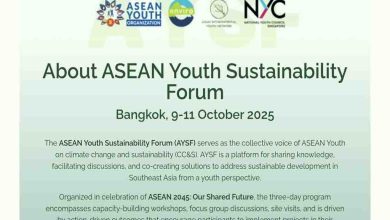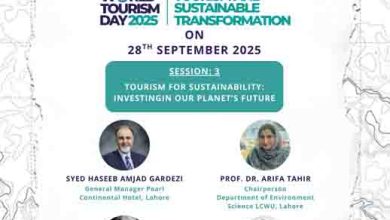India’s Water Propaganda Exposed: The Shocking Truth Behind the Pahalgam False Flag Operation
India’s water propaganda exposed in a shocking false flag operation at Pahalgam. Discover how India tried to manipulate flood conditions to justify suspending the Indus Waters Treaty. Learn what experts say about the real impact.
India’s water propaganda exposed — a phrase that now rings with urgency after recent revelations about a false flag operation at Pahalgam. In what analysts are calling a poorly disguised propaganda campaign, India allegedly released excessive water into the Jhelum River to simulate flood conditions, aiming to mislead its population and escalate tensions with Pakistan.
This deliberate move appears to be part of a larger strategy to justify India’s unilateral suspension of the Indus Waters Treaty (IWT), an agreement hailed globally as a model of water cooperation. But how much of this is real power, and how much is theatrics?
The Pahalgam False Flag Operation Explained
Sources from within regional water monitoring networks have confirmed that a sudden surge of 22,000 cusecs of water was released from Indian-controlled territories into the Jhelum River near Pahalgam, eventually reaching the Domel area of Muzaffarabad. This was neither a natural flood nor the result of heavy rainfall — but rather a manipulated water discharge to project a narrative of control and influence.
Water experts say this release was more symbolic than strategic — a media stunt intended to raise fear and incite nationalistic sentiments, rather than to actually impact Pakistan’s water flow.
India’s Unilateral Suspension of the Indus Waters Treaty
India’s recent declaration to unilaterally suspend the Indus Waters Treaty, signed in 1960 under the auspices of the World Bank, has raised alarm bells in international diplomacy.
However, legal and hydrological experts assert that India lacks the infrastructure and storage capacity to withhold or significantly reroute water flow from the western rivers allocated to Pakistan (Indus, Jhelum, and Chenab).
This move is seen largely as propaganda to distract from domestic challenges and to politicize water resources.
Water Flow Manipulation: The 22,000 Cusecs Strategy
The recent release of water aimed to simulate emergency flood conditions in Pakistan-administered Kashmir, creating a false sense of vulnerability. The flow of 22,000 cusecs passing through Muzaffarabad made headlines, but WAPDA (Water and Power Development Authority) officials were quick to label it a non-event in hydrological terms.
“It’s nothing more than a dramatic performance,” commented a senior WAPDA official. “This quantity of water poses no danger and serves no strategic purpose.”
Pakistan’s Water Storage Supremacy
Let’s talk numbers. India’s total usable storage capacity on the western rivers is only 0.624 million acre-feet. In comparison, Pakistan’s Mangla Reservoir alone boasts a capacity of 7.35 million acre-feet, not to mention Tarbela and other ongoing dam projects.
This vast difference undercuts India’s ability to significantly impact Pakistan’s water security, especially in the short term.
| Metric | India (Western Rivers) | Pakistan (Mangla Reservoir) |
|---|---|---|
| Storage Capacity (MAF) | 0.624 | 7.35 |
| Strategic Control | Limited | Substantial |
Expert Analysis: Is There a Real Threat?
Multiple water experts and strategic analysts have evaluated the scenario and reached a common consensus: India’s actions are more political than practical.
“These Indian activities are primarily aimed at creating a narrative rather than posing an actual threat,” one analyst explained.
“At present, Pakistan faces no immediate danger to its water security.”
Additionally, senior engineers at Pakistan’s Ministry of Water Resources and WAPDA confirm that India does not possess the physical infrastructure required to disrupt Pakistan’s water supply in any meaningful way.
The Role of Climate Change and Water Security
Despite India’s propaganda, the real long-term challenge is climate change. Rapid glacial melt, unpredictable monsoons, and increasing water demand require Pakistan to focus on sustainable water infrastructure and fast-track dam construction.
Experts are urging policymakers to look beyond India’s drama and concentrate on internal resilience through:
- Construction of Basha and Mohmand Dams
- Upgrading existing canal systems
- Groundwater recharge projects
- Adoption of smart irrigation techniques
Pakistan’s focus must remain on self-reliance and future readiness, rather than reacting to India’s political provocations.
Conclusion
The truth is clear: India’s water propaganda has been exposed. The false flag operation at Pahalgam and the dramatic water releases are desperate attempts to justify a violation of an internationally recognized treaty.
With limited infrastructure, insufficient storage, and politically motivated theatrics, India’s actions are unlikely to impact Pakistan’s actual water availability.
Instead of succumbing to fear-mongering, Pakistan must stay the course — investing in water infrastructure, adopting climate resilience, and continuing diplomatic engagement through proper international forums.







